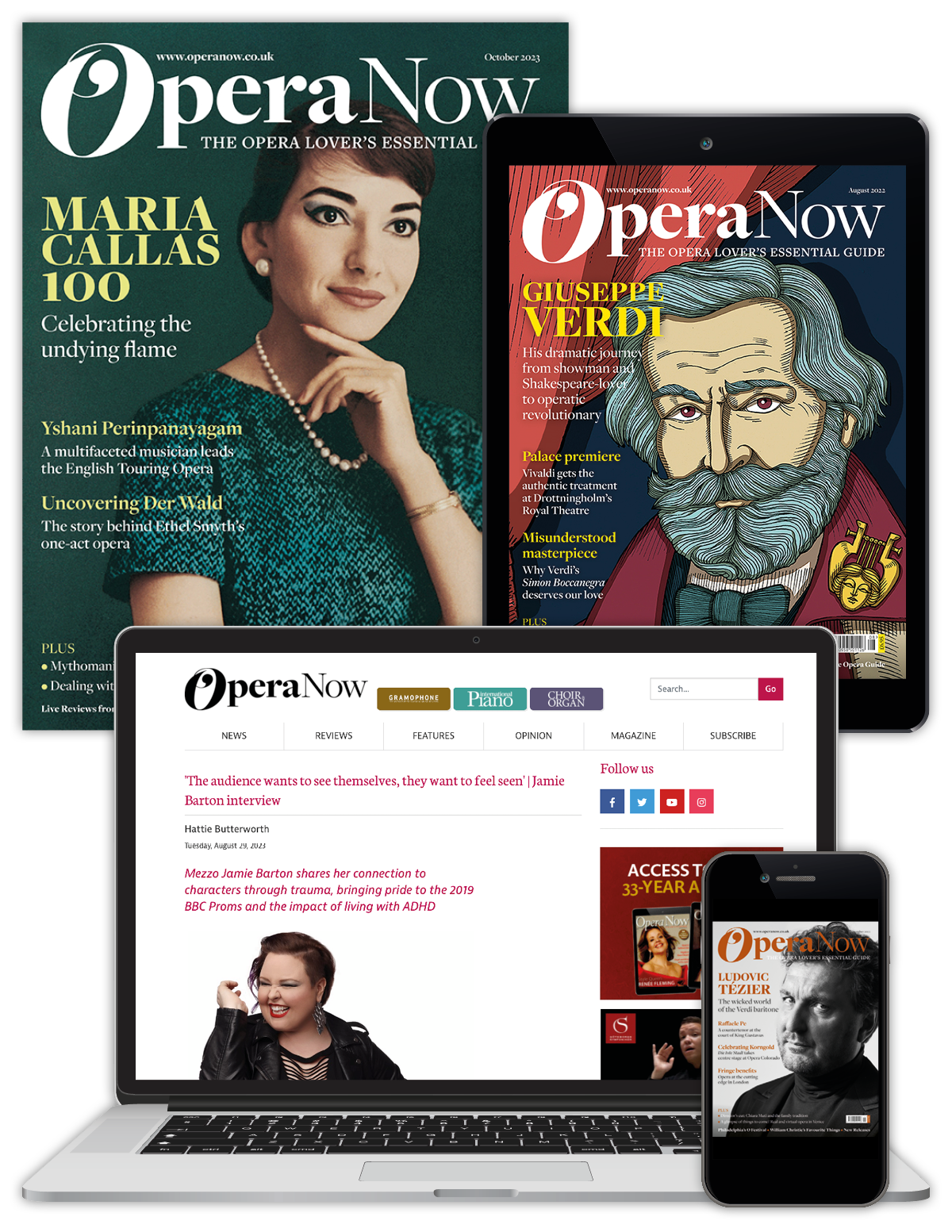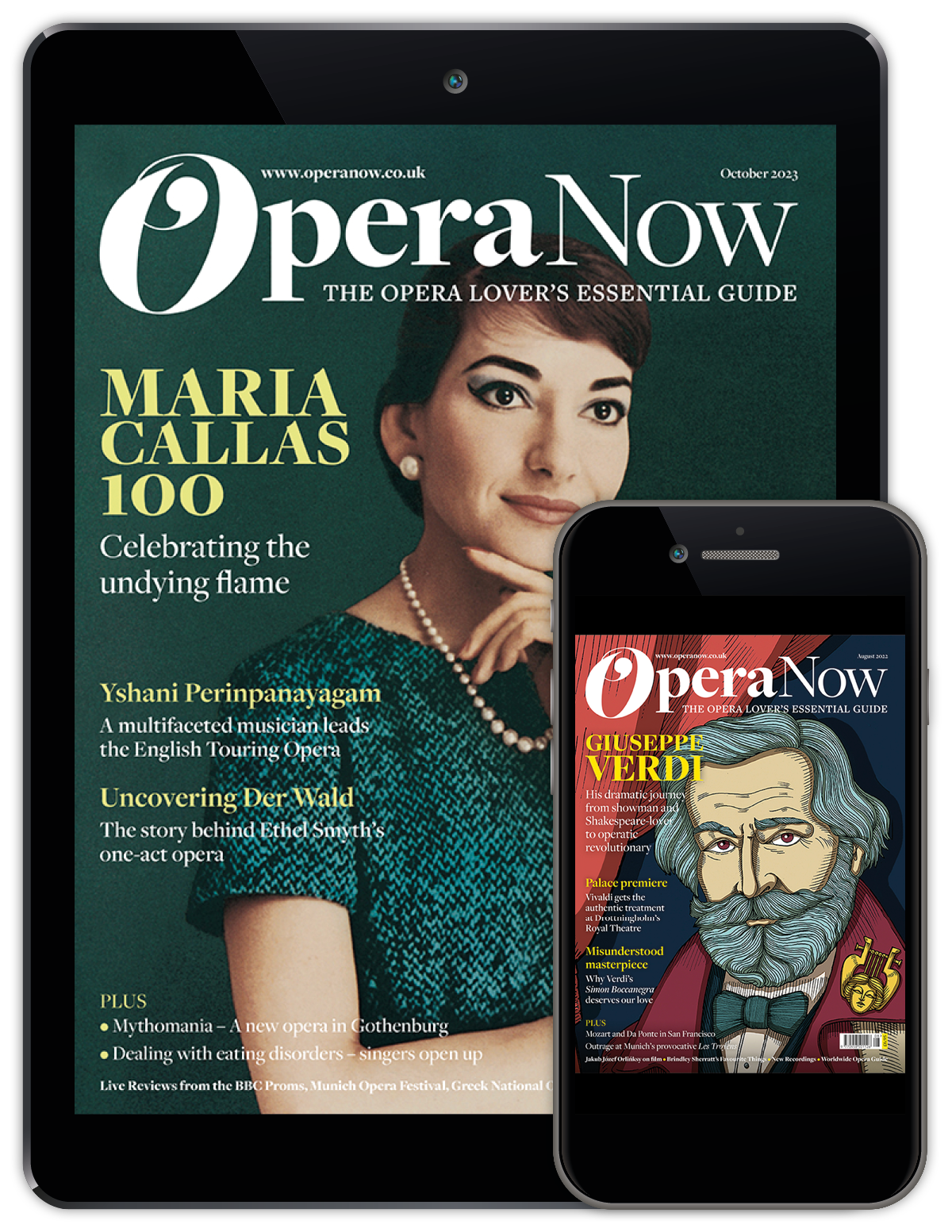A Puccini Century: 10 defining moments
Mark Pullinger
Thursday, October 3, 2024
Looking back on 10 key operatic moments in 100 years since Puccini’s death

1926 Posthumous premiere of Turandot
When Puccini died on 29 November 1924 in Brussels from complications following treatment for throat cancer, he had yet to solve the riddle of how to complete Turandot. Before leaving for Belgium, he had begged the conductor Arturo Toscanini, ‘Don’t let my Turandot die’. Franco Alfano was commissioned to complete the opera, but at the Teatro alla Scala premiere on 25 April 1926, not a note of Alfano’s work was heard. After the death of Liù, who kills herself rather than giving away the secret of Calaf’s name, Toscanini laid down his baton, turned and addressed the Milanese audience. ‘Here, the opera ends, because at this point the Maestro died.’
1930 Puccini Festival established in Torre del Lago
‘I love hunting, I love cars: and for these things, in the isolation of Torre del Lago, I keep the faith.’ From 1891 onwards, Puccini spent a lot of time at Torre del Lago, about 15 miles from his birthplace in Lucca. He had a villa built by the lake, where the composer was eventually buried. In 1930, Giovacchino Forzano, one of Puccini’s librettists, and composer Pietro Mascagni produced a performance of La bohème by the lakeside to launch what became the Puccini Festival, an annual event from 1996. Definitely worth a visit if you’re on a Puccini pilgrimage.
1938 La bohème: HMV recording
After the death of Enrico Caruso in 1921, Beniamino Gigli became the Puccini tenor of choice for many people. In 1938, when HMV (His Master’s Voice) announced that the company was recording a complete La bohème at La Scala with Gigli as Rodolfo, it was inundated with requests from other singers who wanted to take part. Conducted by Umberto Berrettoni, with Licia Albanese as Mimì and Afro Poli as Marcello, this Bohème became the first Italian opera to be recorded electrically with a completely Italian cast. It set the standard for Puccini opera on disc and it still holds up well today.

Maria Callas in the 1964 production of Tosca at Covent Garden (ROH/DONALD SOUTHERN)
1964 Tosca at Covent Garden: Zeffirelli, Callas, Gobbi
On 21 January 1964, one of the greatest Puccini stagings premiered at Covent Garden. Director Franco Zeffirelli had persuaded Maria Callas out of semi-retirement to perform Tosca, singing opposite Tito Gobbi, with whom she sang on the famous 1953 HMV recording, but this was the first time they had ever performed their roles together on stage. It was electrifying, repeated the following year, when Act 2 was broadcast on television – in what turned out to be Callas’ final stage performance. Zeffirelli’s production lived on at the Royal Opera House until 2004 (and is still much missed).
1977 La fanciulla del West at the Royal Opera
On 24 May 1977, La fanciulla del West, Puccini’s spaghetti western, was staged by Piero Faggioni for the Royal Opera. Conducted by Zubin Mehta and starring Carol Neblett as saloon-bar owner Minnie and Plácido Domingo as the bandit Dick Johnson, it was an unexpected hit, helping to restore the opera’s place in the repertory. A Deutsche Grammophon recording followed with Sherrill Milnes joining the cast as the manipulative Sheriff Jack Rance, still considered a classic. Last revived in 2008, the production is set to be replaced, so watch this space…
1982 La bohème broadcast from the Met Opera
Another famed Zeffirelli production was La bohème for the Metropolitan Opera in December 1981, starring Teresa Stratas as Mimì and José Carreras as Rodolfo. The sets, also designed by Zeffirelli, were lavish, two-tiered for Act 2, allowing a ridiculous number of people to bustle around Café Momus. On 16 January 1982, it was given a live telecast to Europe, later broadcast on American television. I know at least two American sopranos who cite the video of that broadcast as the thing that turned them on to opera, particularly Stratas’ affecting performance.
1990 FIFA World Cup: Nessun dorma and the Three Tenors
The 1990 FIFA World Cup took place in Italy. What better music could the BBC use to introduce its television coverage than Luciano Pavarotti singing Nessun dorma, at the climax of which comes the word ‘Vincero’ (I will win!)? It captured the passion and excitement of football – and introduced a generation of viewers to opera, the released single reaching number two in the UK pop charts. On the eve of the World Cup Final, Pavarotti, Plácido Domingo and José Carreras performed their first Three Tenors concert at the Caracalla Baths in Rome, which included a joint rendition of Calaf’s famous aria. It was watched by a global television audience of around 800 million.
1992 Tosca live from Rome
Still in Rome, just two years later, came a hugely ambitious project by Andrea Andermann, broadcasting the three acts of Tosca to 107 countries, live from the actual locations of the drama – the Basilica of Sant’Andrea della Valle, the Palazzo Farnese and the Castel Sant’Angelo – at the times of day specified in the libretto. In the UK, it was broadcast on BBC Two and I well remember getting up at the crack of dawn on a Sunday morning to catch the action from the Castel Sant’Angelo ending with Catherine Malfitano leaping over the battlements.
2001 Luciano Berio completes Turandot
Franco Alfano completed Turandot and this is the version that is usually performed (although some productions end the opera at Liù’s death). Puccini’s publishers, Ricordi, commissioned Luciano Berio to write a new ending, using the same sketches available to Alfano. Where Alfano takes us back to late 19th-century grandeur, Berio leads us towards 21st-century cynicism and dissonance: there is little triumph here. Following a ravishing orchestral interlude after Calaf kisses Turandot, there’s a calm, ambiguous ending. Does Turandot really love Calaf? Her declaration of love is quizzical at best. There are no celebrations from the chorus, only guarded amazement. Riccardo Chailly and Valery Gergiev have championed Berio’s ending.
2022 A return to Alfano’s original Turandot ending
When Alfano completed Turandot, his first effort was dismissed by Toscanini, who enforced cuts of over 100 bars to create the standard version. The longer ending allows more time for Turandot to ‘thaw’ and can be dramatically convincing. Although the original ending was recorded on a disc of operatic finales, it was recorded as part of the complete opera for the first time by Antonio Pappano in Warner’s Santa Cecilia recording starring Sondra Radvanovsky and Jonas Kaufmann. The latter made his stage debut in the role in Claus Guth’s Vienna staging the following year, which also used Alfano’s first ending.
This article originally appeared in the Winter 2024 issue of Opera Now. Never miss an issue – subscribe today














